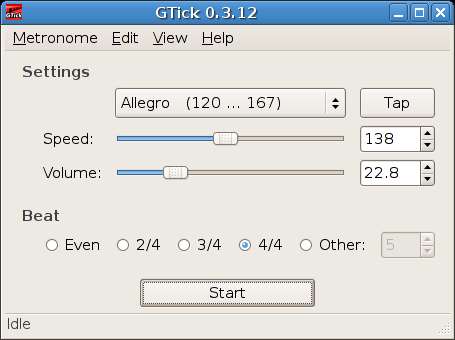I've introduced basic configuration for Mutt
in recent posts. But we still have a problem: how do I get notified when I have new mail?
Gmail users might also have similar problem. We certainly don't want to login to Gmail every 2 minutes. Of course gtalk can solve this problem. But what if one has several Gmail accounts, or even have Gmail AND Yahoo accounts? (If you don't use Mutt, you can directly go to the Mail Notification part)
First, we need to let fetchmail to download new mails every, say, 5 minutes. This could be done by setting up a crontab job. Edit the crontab list in your terminal:
crontab -e
Then add the following line.
*/5 * * * * fetchmail -v >/dev/null
"*/5" means fetchmail will run every 5 minutes, and the part after ">" means there won't be any output.
OK, now fetchmail will download your emails automatically.
Mail Notification The extra software you need to install is
Mail-Notification.
sudo apt-get install mail-notification
You can run it from
System -> Preference -> Mail Notification. In the Mailbox list, you can add your Mutt's mbox type mailboxes. Remember to check "Auto start Mail Notification upon session opening". Now once there is new mail in your mailboxes, a notification will appear in the status area.

Note that "
Mail Notification can monitor multiple mailboxes concurrently, and supports Evolution, Gmail, IMAP, Maildir, mbox, MH, Mozilla products (Mozilla, SeaMonkey, Thunderbird, …), POP3, Sylpheed, Windows Live Hotmail and Yahoo! Mail mailboxes." (Description and screenshot are from http://www.nongnu.org/mailnotify/)
So, if you are a Gmail user, you can also use Mail Notification to check if there's new mail in the server. This is really a handy software.
 My machine: Lenovo T61 T9300 2Gb 100Gb nvidia quadro 140m
My machine: Lenovo T61 T9300 2Gb 100Gb nvidia quadro 140m





